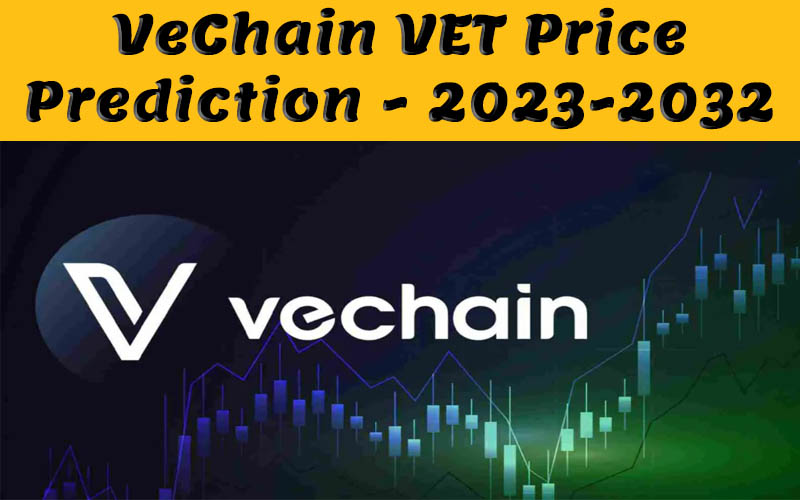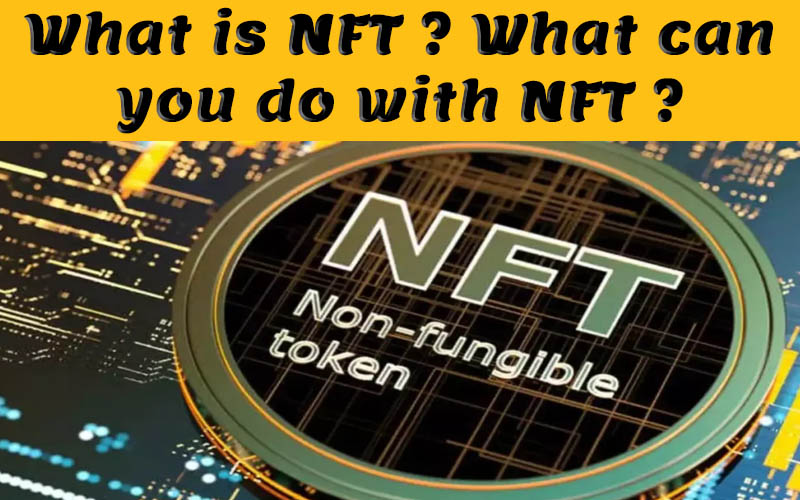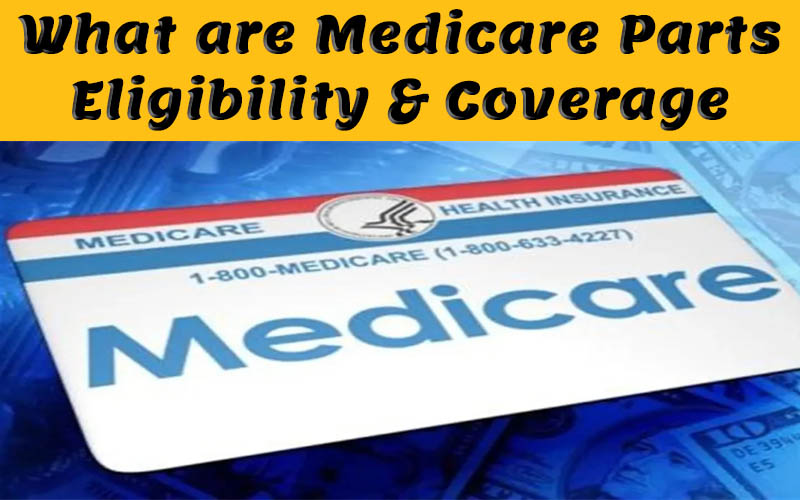Discover how the surge in non-alcoholic beverages sales indicates a cultural shift towards health-conscious consumerism. Will 2025’s Super Bowl mark the dawn of a sober celebration?

As the Super Bowl approaches, an exciting trend is transforming how fans celebrate one of the biggest sporting events in the world. This year, it’s not just the touchdowns and halftime shows drawing attention, but the significant surge in non-alcoholic beverages. With sales of these drinks rising by an impressive 26%, 2025 may very well be branded as the ‘sober Super Bowl.’ But how did we get here, and what does this mean for the future of celebrations in America? Let’s dive in.
Read Also – 👉👉OPEC Oil Production Plan: 7 Key Insights on Stability Amid Rising Prices👈👈
Background and Context of Non-Alcoholic Beverages
The Rise of Non-Alcoholic Options
The increasing popularity of non-alcoholic beverages isn’t just a flash in the pan; it’s been steadily growing. According to a report by Escoffier, these drinks saw a whopping 29% increase in sales volume year-over-year in 2023. This shows that more and more people are opting for drinks that don’t contain alcohol, and this is especially true among younger generations like Millennials and Gen Z. This age group embraces the ‘sober curious’ movement, which encourages people to reduce their alcohol intake or even eliminate it entirely. This movement is shaping not just Super Bowl parties, but social drinking norms in general.
Health Trends and the Changing Palate
The dramatic rise in sales of non-alcoholic beverages is a reflection of changing consumer priorities toward health and wellness. As concerns about alcohol-related health issues grow among consumers, people are gravitating towards options that allow them to enjoy the fun of gatherings without the potential downsides of alcohol consumption. Non-alcoholic beer and cider dominate this new preference, accounting for about 81% of non-alcoholic beverage servings as their taste and quality have significantly improved, making them a delightful alternative.
Consumer Insights and Trends for the Super Bowl
- Sales of non-alcoholic beverages climbed 26% in anticipation of Super Bowl 2025.
- Nearly half of Americans surveyed plan to cut back on alcohol in the upcoming year.
- Social media and influencer marketing play a significant role in promoting non-alcoholic drink options.
- Shifts in viewing patterns may lead to an increase in non-alcoholic beverage consumption during Super Bowl parties.
Key Developments in the Non-Alcoholic Market
Beverage Industry Innovations
Brands are taking note of these trends and are launching new non-alcoholic products to meet rising demand. As options become more diverse and flavorful, consumers find it easier to choose these alternatives. Beverages that also offer functional benefits, like antioxidants or mood enhancers, are also on the rise, indicating a clear shift to healthier drinking habits. The marketing of these products is heavily reliant on social media to reach younger audiences where they spend their time.
The Super Bowl and Consumer Behavior
- More viewers are expected to watch from home this year, leading to increased food and drink purchases.
- Many viewers plan to stock up on snacks, further suggesting a likely rise in non-alcoholic drink sales.
- Extra spending on takeout reflects a desire to celebrate the event without traditional alcohol.
The Wider Impact of the Non-Alcoholic Beverage Trend
Cultural Shifts in America
The growing preference for non-alcoholic drinks is serving as a mirror reflecting societal changes. Health and wellness are increasingly seen as vital components of modern lifestyles. This shift suggests that consumers are looking for alternative ways to enjoy social events without compromising their goals for health and wellness. Consequently, businesses within the beverage sector are poised to innovate, drawing new audiences while expanding their market share.
Economic Implications and Future Trends
The financial implications of this shift are noteworthy. The non-alcoholic beverage sector is projected to maintain a compound annual growth rate (CAGR) of 17% through 2028. This not only highlights the popularity of these products but also encourages retailers to rethink their inventory strategies to include a wider array of options. The potential for significant economic benefits surrounding events like the Super Bowl could lead to long-lasting changes in consumer beverage preferences.
Looking Ahead: A Toast to a Sober Future
As the climax to this insight reveals, the rise in sales of non-alcoholic beverages in anticipation of the Super Bowl marks a notable shift in consumer behavior towards more health-conscious choices. 2025 will likely be remembered as a benchmark year for the sober Super Bowl trend. Not just a fad, it invites opportunities for innovation within the beverage industry, signaling a more diverse and health-oriented future for beverage choices. Will Americans continue this trend beyond the Super Bowl? Only time will tell, but the anticipation is certainly brewing.
FAQs about Non-Alcoholic Beverages
What are non-alcoholic beverages?
Non-alcoholic beverages are drinks that contain little to no alcohol. They can include a variety of options, such as non-alcoholic beers, sodas, juices, and sparkling water.
Why are non-alcoholic beverages becoming increasingly popular?
The popularity of non-alcoholic beverages is driven by changing consumer preferences, growing health awareness, and movements like ‘sober curious’ that encourage moderation or abstinence from alcohol.
How do non-alcoholic beverages impact social gatherings?
Non-alcoholic beverages provide alternatives for those who want to enjoy social events without consuming alcohol, supporting healthier choices during celebrations like the Super Bowl.
What trends are emerging in the non-alcoholic beverage market?
Trends include an increase in sales of non-alcoholic drinks, innovation in product offerings, and greater marketing efforts targeting health-conscious consumers.
Related Videos
Read Also –
Disclaimer: This article is for informational purposes only and does not serve as medical advice.
Hey! I hope you enjoyed reading this! If you did, could you do me a small favor and hit the like button? It would mean a lot to me and help me reach more people. Thank you so much! Got any thoughts on this post? Drop them in the comments below!
How many stars would you give for my effort?





